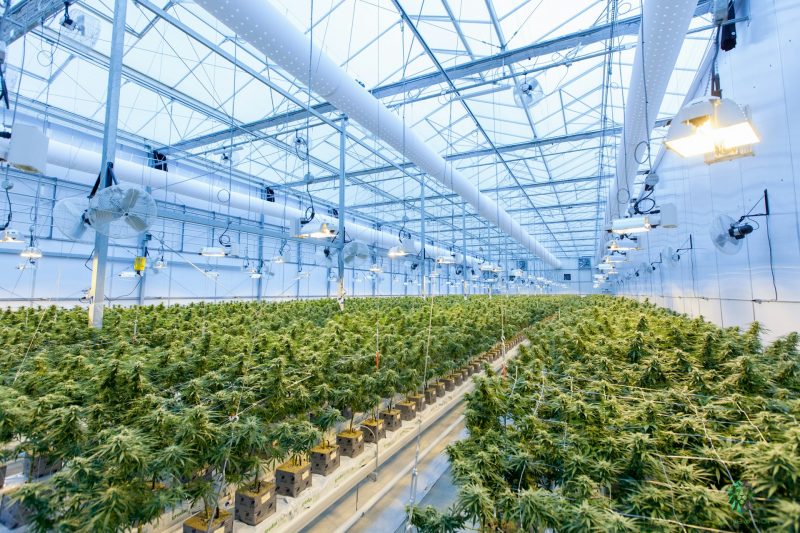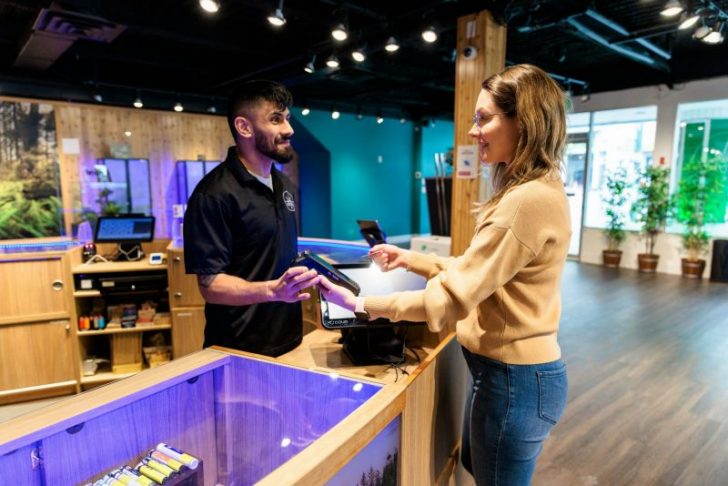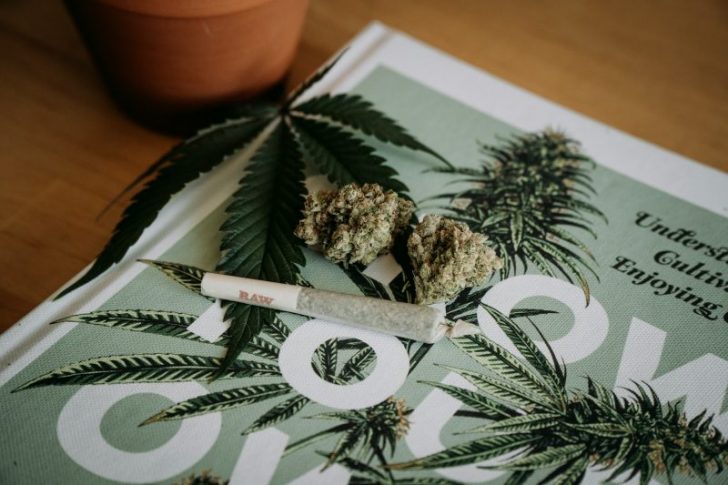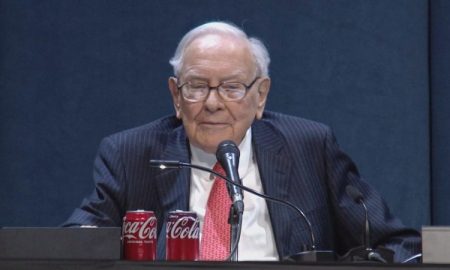
Minnesota Cannabis Dispensaries Are Empty in a Crippling Supply Shortage

Minnesota legalized adult-use cannabis, issued retail licenses, and cut the ribbon on a new market. But now? Dispensary shelves are bare. Business owners are ready, storefronts are open, and customers are walking in only to walk right back out. The problem isn’t a lack of interest. It is a lack of weed.
The root cause goes deeper than a late shipment or a slow harvest. Because cannabis is still illegal at the federal level, Minnesota can’t import products from other states. That means the entire supply chain, like growing, testing, transporting, and selling, has to be built from scratch.

Cova / Unsplash / As we speak, only two licensed cultivators have gotten to work. Their plants aren’t even mature yet, so there is nothing ready for sale.
Two dozen more growers have preliminary approval, but they are still buried in paperwork and red tape. Meanwhile, demand is already surging, and shops are desperate to stock up.
Nearly 60 dispensaries are already licensed, and over 1,400 more are waiting in line. Many of these are microbusinesses, counting on retail sales to survive. But with almost no product to sell, they are stuck in limbo. It is a race to open stores in a market that has no supply.
Even if cultivators were ready, there aren’t enough people or systems in place to move product through the chain. Minnesota has only two licensed testing labs and no fully approved transporters. Without those, cannabis can’t legally reach dispensaries. Regulators are close to greenlighting one transporter, but until then, the bottleneck remains.
Dispensaries Left Stranded
Small business owners are bearing the brunt. For them, this supply shortage poses a threat to their survival. Sarabear Kelly-Modlin, owner of Lucky Strains in New Brighton, says, “It is like getting a driver’s license, but you don’t have a car to drive.” She has got the green light to sell, but nothing to sell.
Mark Eide runs In-Dispensary in Minneapolis. He says he could serve 80 customers a day. Right now, he is lucky to see four. He has already had to lay off staff, including his own brother. Others in the same boat have cut hours or paused operations entirely. Without the product, they can’t build a customer base, and without customers, they can’t pay bills.

Shelby / Unsplash / To stay open, many shops are leaning on a stopgap: hemp-derived THC products like edibles and drinks. These were legal before full cannabis legalization and still fill a niche.
But they don’t replace cannabis flower, which most customers want. It is like trying to run a coffee shop that only sells tea. You can survive for a while, but not for long.
Owners aren’t just frustrated by the lack of supply. They are fed up with the lack of help. The Office of Cannabis Management (OCM) has been slow to offer clear guidance or support. Business owners feel like they were thrown into the deep end and told to swim. With no timeline for resolution, many fear they will be forced to shut down before the market stabilizes.
Can the State Fix This in Time?
OCM director Eric Taubel admits the rollout is rocky. He says Minnesota needs 1.5 million square feet of cannabis canopy to meet demand. Right now, they are nowhere near that number. Taubel expected this phase to be the hardest, but knowing it is coming doesn’t make it easier for struggling shops.
Still, there are some bright spots. Minnesota has signed compacts with three tribal nations, including the Prairie Island Indian Community. These tribes are sovereign, meaning they can grow and sell cannabis without a state license. Some of their supply could make its way into the broader market, giving dispensaries a much-needed boost.
More in Money
-
`
This New York-Based Startup Has Cool Ways of Quitting Cigarettes, Vaping & Zyn
Quitting cigarettes, vaping, and Zyn has always felt clinical, awkward, and kind of lame. But Jones, a New York-based startup, is...
July 18, 2025 -
`
Inside Gwen Stefani’s Life With Her “Greatest Love” Blake Shelton
Gwen Stefani kicked off Blake Shelton’s 49th birthday in the most personal way possible. On June 18, 2025, she shared a...
July 11, 2025 -
`
What Is the Science Behind Out-of-Body Experiences (OBEs)?
Out-of-body experiences, or OBEs, sound like science fiction. But they are real, at least to those who experience them. OBEs involve...
July 5, 2025 -
`
Why Will Smith Regrets Rejecting a Starring Role in “Inception”
Will Smith once passed on a role that would go on to define sci-fi cinema. In a rare moment of honesty,...
June 29, 2025 -
`
5 Things Millionaires Are Doing With Their Money in 2025
Money doesn’t sit still when you are rich. Millionaires don’t hoard it, they grow it. Every dollar has a job to...
June 21, 2025 -
`
‘Living Room Kid’ vs. ‘Bedroom Kid’: The Difference & Parenting Tips
Parenting means learning the little clues that show how your child feels. One major clue? Where your kid spends most of...
June 13, 2025 -
`
5 Ways Morning Meditation Can Boost Your Mental Health
Morning meditation is backed by science and proven to make your brain and body feel better. Right after you wake up,...
June 8, 2025 -
`
Top 10 Best-Dressed Celebs at the 2025 Cannes Film Festival
The 2025 Cannes Film Festival is turning up the glam, but not without surprises. Just a day before the premieres began,...
May 30, 2025 -
`
Warren Buffett Shares Key Investment Lessons at the 2025 Berkshire Shareholder Meeting
Warren Buffett walked into the 2025 Berkshire Hathaway Shareholder Meeting with the same calm he has carried through decades of market...
May 23, 2025















You must be logged in to post a comment Login